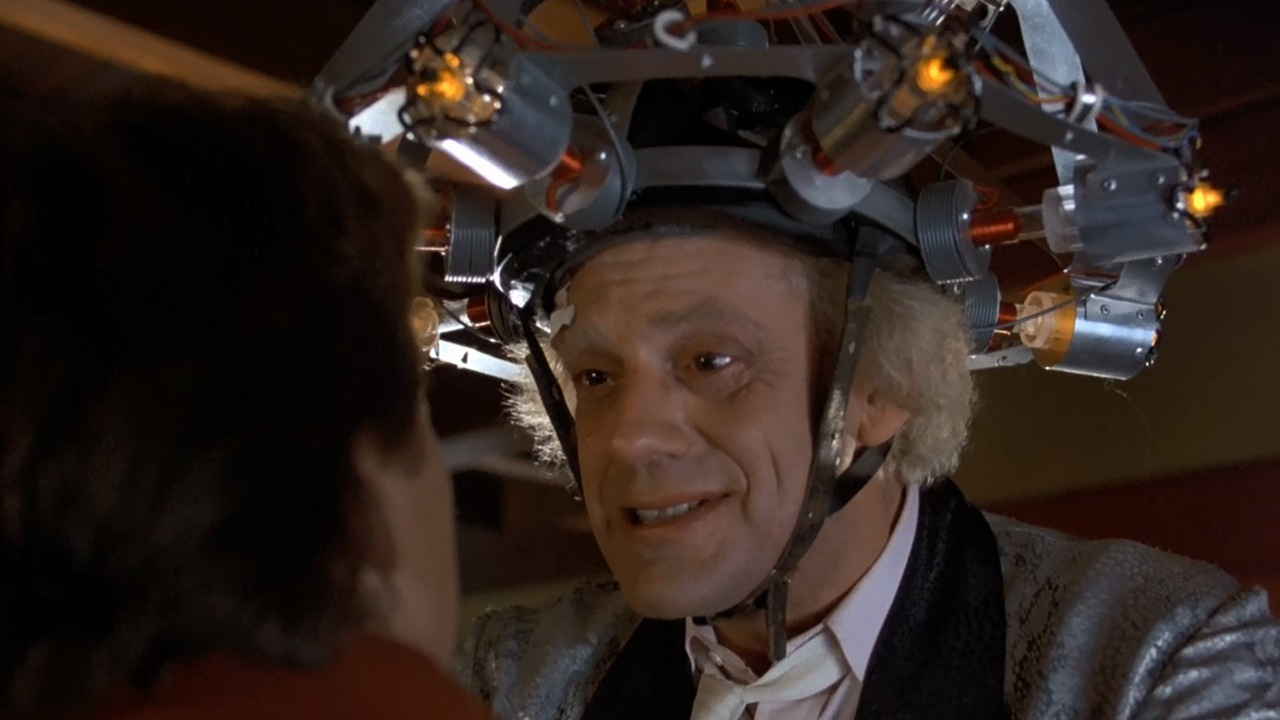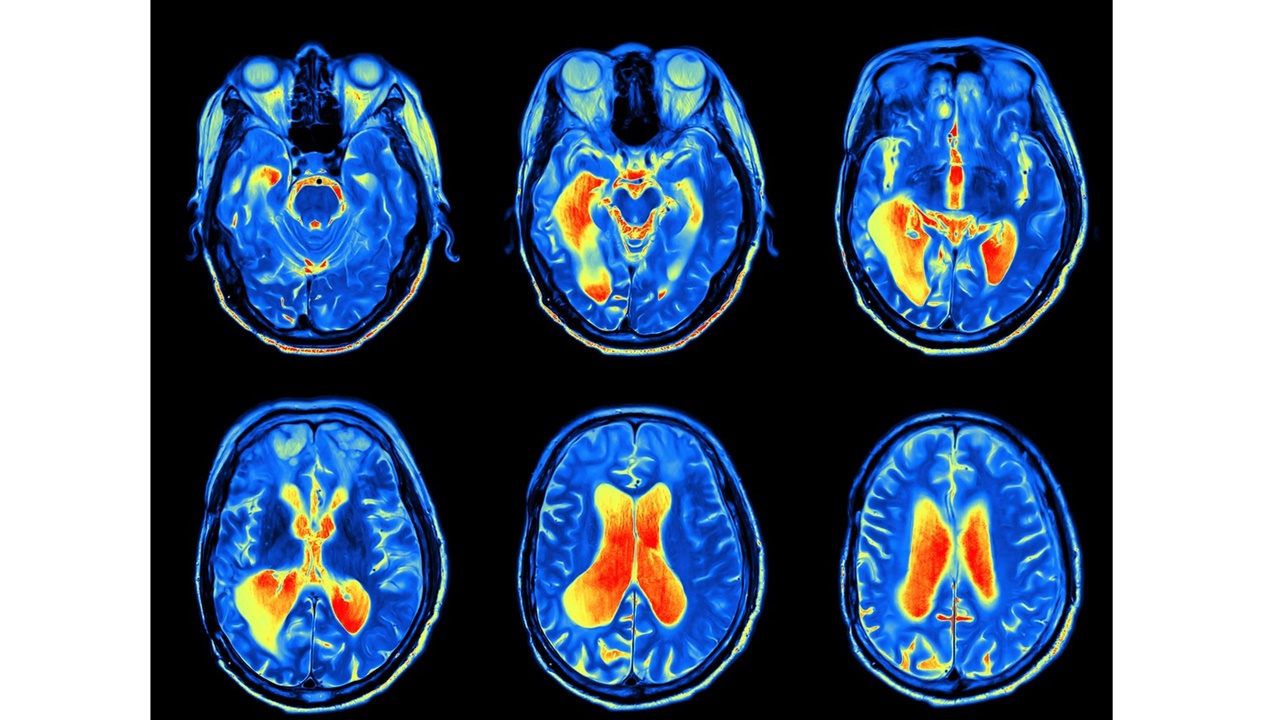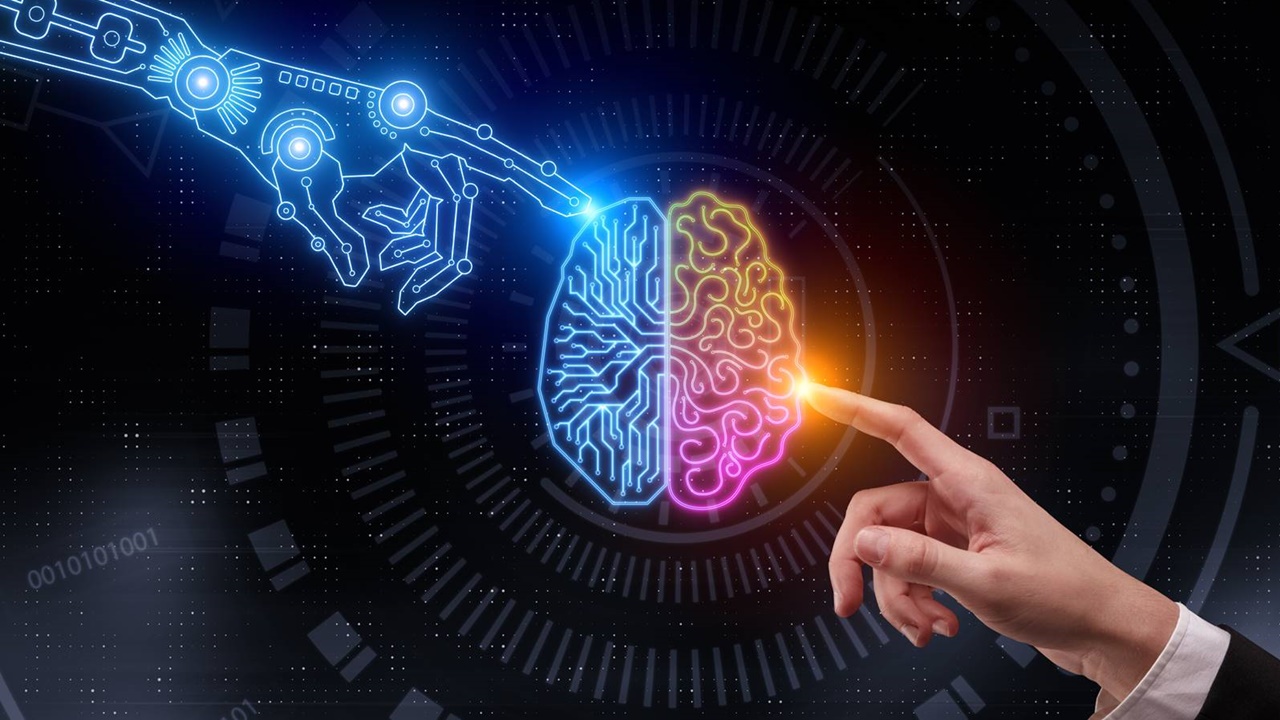With the developing technology, we are one step closer to brain reading with brain imaging techniques and artificial intelligence. This idea, which we are familiar with from science fiction works, may be possible in the near future.
Reading someone else’s thoughts, knowing how they are feeling, is always interesting and scary at the same time. This idea is often reflected in science fiction movies, books and games. interested in this field neuroscienceis trying to make it possible to read emotions and thoughts by using new technologies.
With the development of artificial intelligence, “Can brain reading be done with artificial intelligence” The question has also been raised. In this article, you will find a compilation of the developments in this field and the studies on whether it is possible to read the brain.
The point reached in brain reading technology:
- China and the US are leading artificial intelligence and neuroscience research. US Department of Defense, fix memories develops a technology that can be used for
- Not just scientists; Various companies are also making progress in this regard, including big players like Elon Musk’s Neuralink and Facebook. Facebook is a platform that will allow users to communicate without speaking. brain-computer had funded a project to create the interface. Neuralink, on the other hand, is working on brain implants and will launch in April 2021 using the company’s implanted chip. a monkey playing games with his mind He posted the video.
- Kernel, an American company, for the consumer market brain activity He had developed a headset that could record in real time.
Could the polygraph finally be real?
Although there are derivatives used for entertainment purposes or police interrogations, these are still not devices that provide reliable 100% accurate information. A company that provides accurate information at the current stage. The polygraph has not been invented yet.
What can these technologies be used for?

Although these technologies are still not available to the public, you can use these devices to learn the emotions of your employees by monitoring their brain waves. Or from someone’s brain activity credit card password you can learn.
In addition to all these, these medical devices can also be used in hospitals. For example, for people who are bedridden, paralyzed, unable to speak and communicate in hospitals, the way to reconnect with the world may be to use these devices. Since machines are thought to interact with human neurons, this technology is used in the health field. Alzheimer’s and Parkinson’s It is thought that it can also be used in the understanding and treatment of diseases such as
It can be understood in which concepts the students whose brain activity is measured are good.

To read the activity of the brain PET, EEG, fMRI There are various brain imaging devices such as Cognitive psychologists with an fMRI machine can tell if a person is having depressive thoughts. In addition, by comparing a student’s brain patterns with those of their teacher, they can see which concepts they are good at.
With artificial intelligence, there may be no need to read the brain

Neuroscientist Norman from Princeton University said that it is not entirely possible to read the brain with fMRI devices, but that artificial intelligence can with learning models He said it might not be necessary. When artificial intelligence learns the brain modeling of the person and the thought codes, in short, when it solves the connection between the active parts of the brain and words/letters, paralyzed patients and patients who have lost their ability to speak for any reason will be able to express themselves.
At this point, today’s neurotechnology still cannot solve thoughts or emotions. However With the learning systems of artificial intelligence, this to our goal we can reach in a short time and have information about brain models and thought codes.
What about our neurorights?

With these developments, both the people and the states around the world, neurorights It looks like she’s starting to worry about it. Chile, for example, is the world’s leading man to guarantee neurorights to its citizens. first law working on it. Spain is a non-binding document to guide future legislative projects. Digital Rights Covenant had accepted. The fact that neurotechnology is a newly developing field and there is not much information about this field makes the prepared laws limited. However, it is seen that people’s concerns about this issue have increased in the global sense and an awakening has begun.
resources: 1, 2, 3
